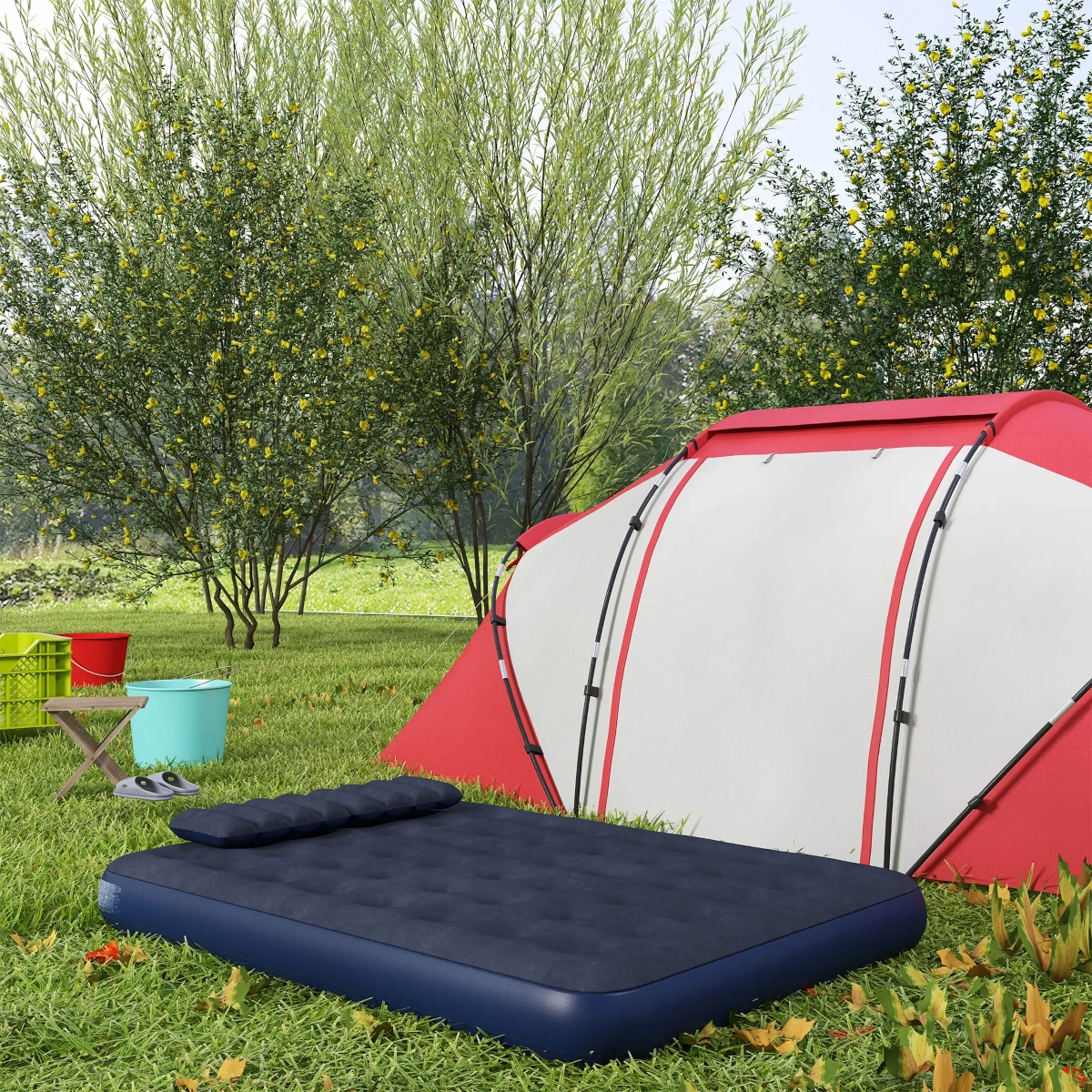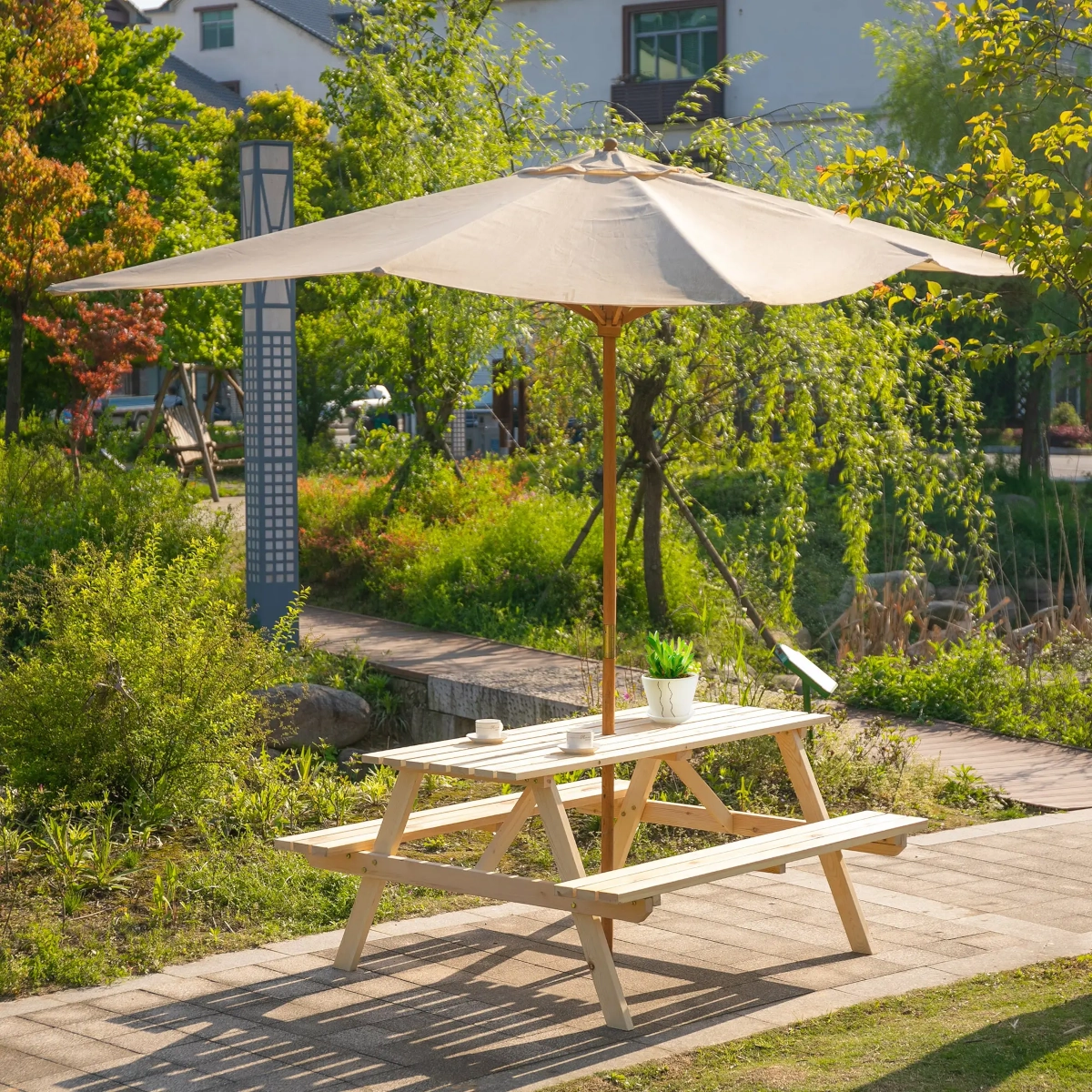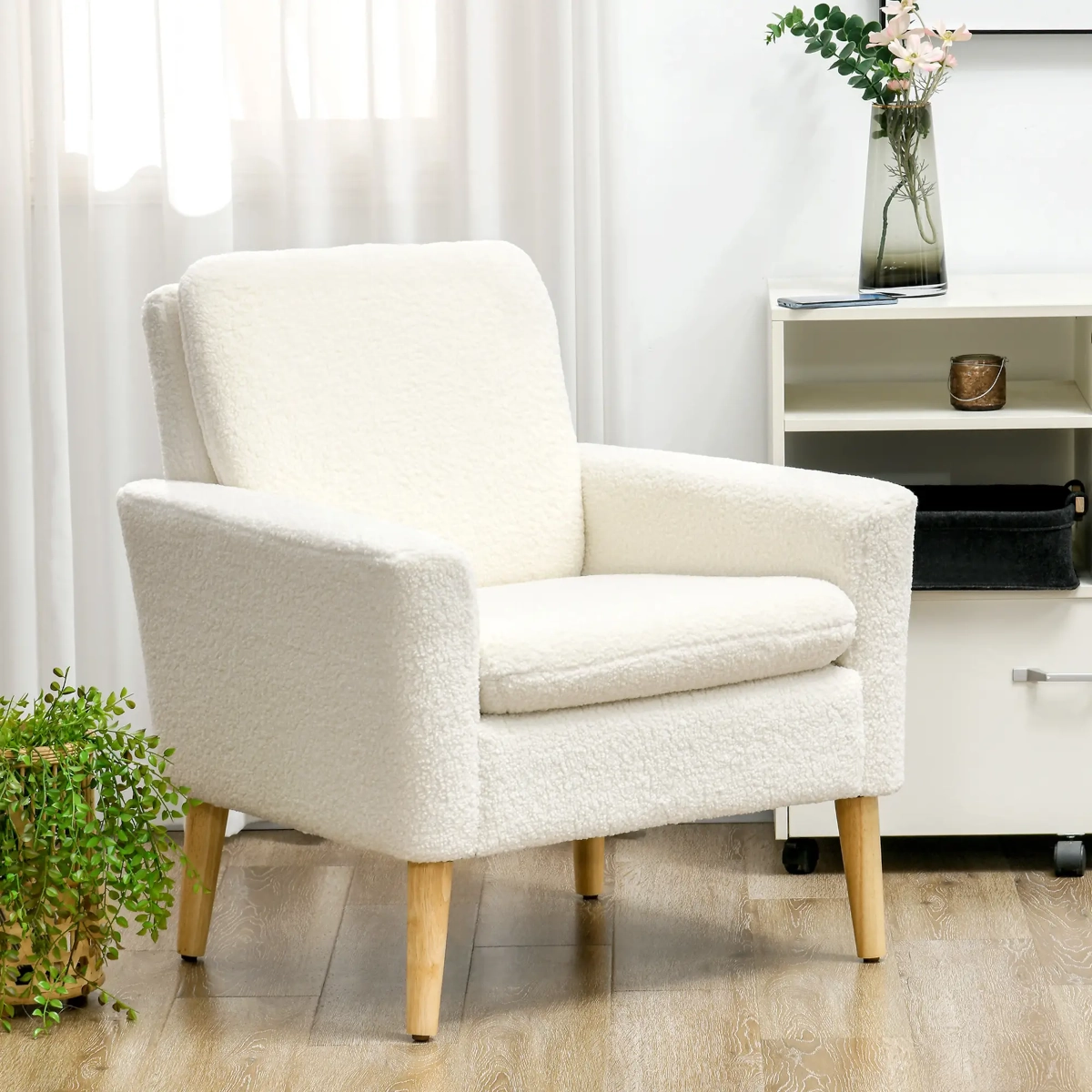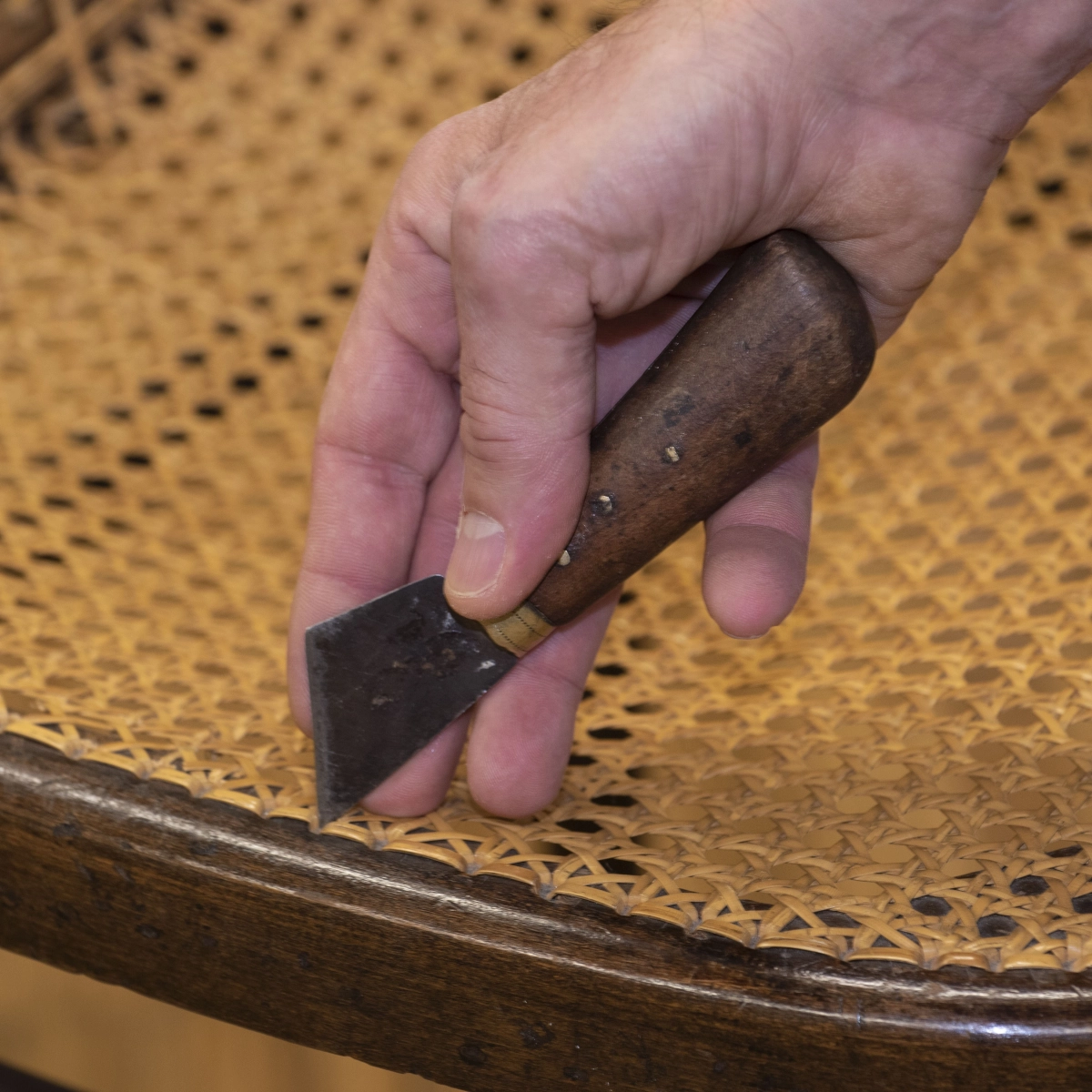An air mattress is one of the most convenient camping accessories you can have, providing comfort and a restful night’s sleep under the stars. However, just like any other piece of gear, it requires proper maintenance to ensure it performs optimally for years. In this guide, we’ll walk you through the essential steps for cleaning …
10 Outdoor Bench Ideas to Enhance Your Outdoor Space
Outdoor benches are more than just places to sit, they are focal points that can enhance the character, comfort, and usability of any outdoor setting. Whether you’re designing a tranquil reading nook in your garden, creating extra seating for social gatherings, or looking for a multifunctional storage solution, the right bench brings beauty and practicality …
Types of Fire Pit for Canadian Homes and Backyards
Fire pits have become a staple in Canadian outdoor living, not just for warmth, but for the ambience, versatility, and year-round usability they bring to patios, backyards, and balconies. Whether you live in the heart of Toronto or a quiet corner of Alberta, the right fire pit can extend your outdoor season, create a cozy …
How to Decorate Picnic Tables: A Comprehensive Guide
Picnic tables serve as the centrepiece of outdoor dining, whether it’s a family barbecue, a romantic evening under the stars, or a lively garden party. The right decoration can transform a simple table into an inviting, aesthetically pleasing space that sets the tone for your gathering. Imagine sitting down to a beautifully set table surrounded …
7 Best Kayak Carts for Easy Transport on Sand, Gravel, and Rough Terrain
Transporting a kayak can often be a challenge, especially when you have a long distance to cover or are dealing with difficult terrain. Kayak carts are essential for making the process easier and more efficient, protecting your kayak while ensuring you don’t strain yourself.Whether you’re dealing with sandy beaches, rocky terrains, or gravel paths, there’s …
How to Choose an Accent Chair
When it comes to interior design, choosing the right accent chair can transform your space, bringing both functionality and style into the mix. Accent chairs aren’t just another piece of furniture; they serve as focal points that add personality and character to any room. With so many types, materials, colors, and sizes available, selecting the …
Type of Coffee Table: A Guide to Choosing the Perfect Style
When choosing a coffee table for your living room, it’s not just about looks, it’s about functionality, style, and the space you have. With so many different types of coffee tables available, it can be overwhelming to know where to start. This guide will help you make an informed decision based on your preferences and …
How to Organize Your Camping Gear: Tips for Stress-Free Trip
Organizing your camping gear may not be the most exciting part of your outdoor adventure, but it’s certainly one of the most important. A well-organized camping setup not only saves you time and energy but also reduces stress, helps prevent forgetfulness, and ensures you have everything you need for a smooth and enjoyable trip. In …
Car Camping vs Tent Camping: Which Is Best for You?
When it comes to enjoying the outdoors, camping is one of the most affordable and fulfilling ways to recharge. Whether you’re road-tripping across provinces or planning a weekend in the forest, one big question often comes up: should you sleep in your car or pitch a tent? This guide will walk you through the real-life …

















